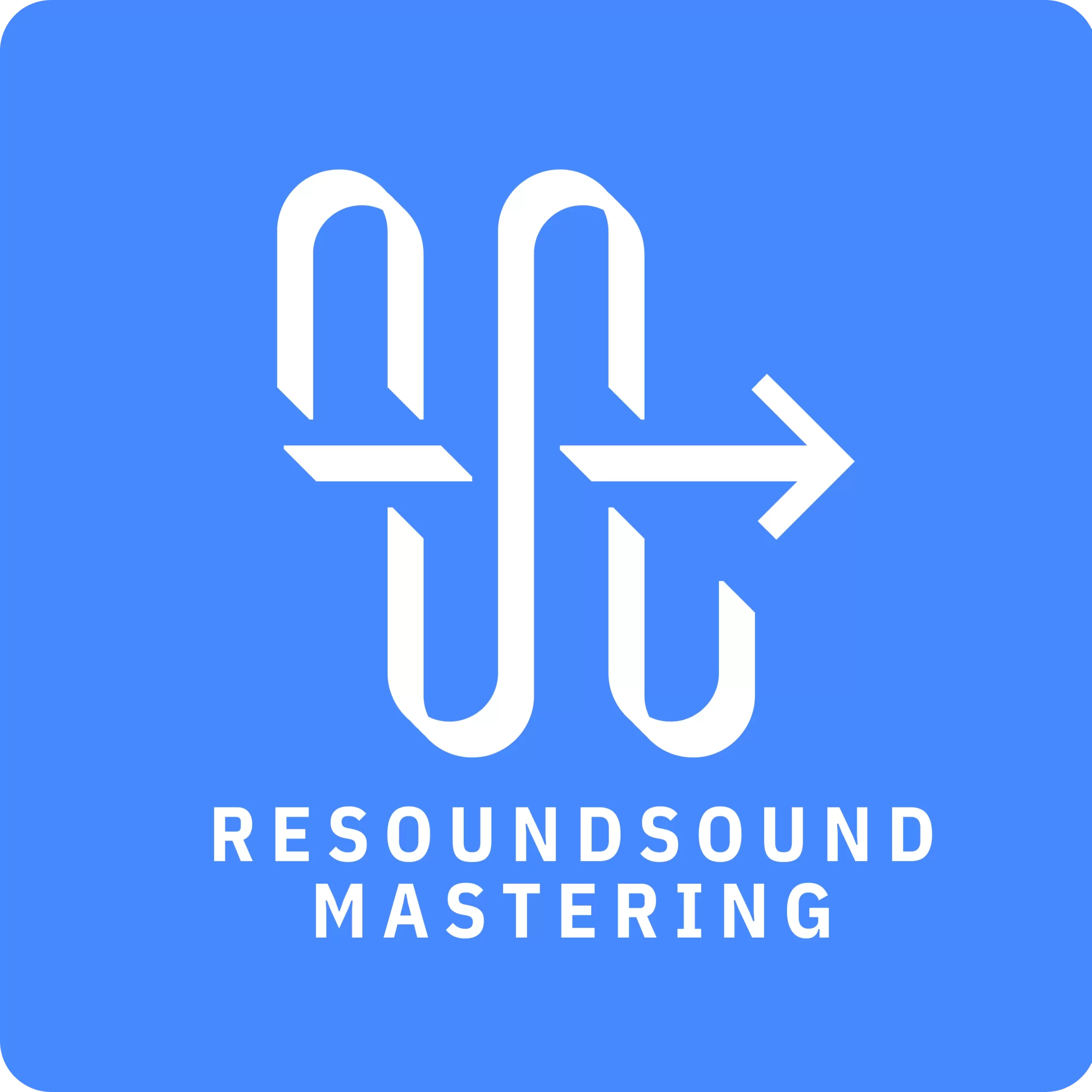Spectrum analysis can be a confusing topic. Especially if you’re only starting out in music production! It sure used to confuse me. This article explores five different ways of how to use a spectrum analyzer in the music production, mixing and mastering processes. This article is updated in 2019.
(more…)Category: Technique
-
Production Advice From Metalheadz Artists

The fourth installment of the iconic Platinum Breakz album series on Metalheadz is out now. I’m happy and proud to be a part of it and wanted to celebrate the release by doing something a little bit special. I wanted to bring you guys some knowledge straight from the trenches.
(more…)
So I took to it and spoke to many of the artists featured on the album. I asked them to share advice on things they find useful in their music creation process. It goes without saying these guys are all at the top of their game so I was as interested as anyone else about picking some brains! In this article I will also expand and share some further thoughts of my own on each topic. Let’s see what they’re saying…
-
8 Tips on Making Your Mix Loud
I get this question a lot.
What can I do to make my music sound louder?
Well, there’s lots – in fact most things you do when making music affect loudness somehow.
(more…) -
Check the Mix in Mono
Listening to your mix in mono is a great practice that will help you point out potential pitfalls. How? (more…)
-
Clever Breathing
Here’s a neat trick I like to use when working with vocals.
Personally I often like to leave a lot of the breathing sounds in the vocal, but this doesn’t come without problems. (more…)
-
Control the Consonants
Mixing vocals is a wide topic, but here’s a tidy trick that will give you a head start.
Our brain and ears rely heavily on listening to the consonants when trying to understand speech.
The frequency range that provides most clarity to consonants is around 1.5kHz-4kHz – centered at about 2500Hz. The exact area varies depending on the vocalist.
Two things to remember:
- Make sure, using EQ or other means, that the consonants come through properly in the mix.
- Identify and deal with the conflicting elements in the mix to create space for the consonants.
Using these principles you can make the vocal come through better without having to make it louder than necessary.
